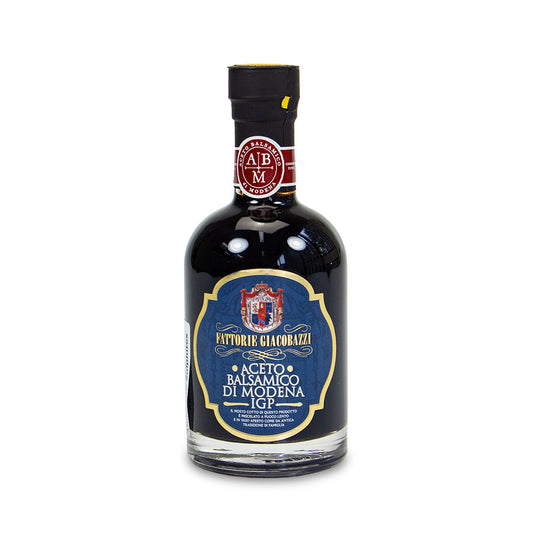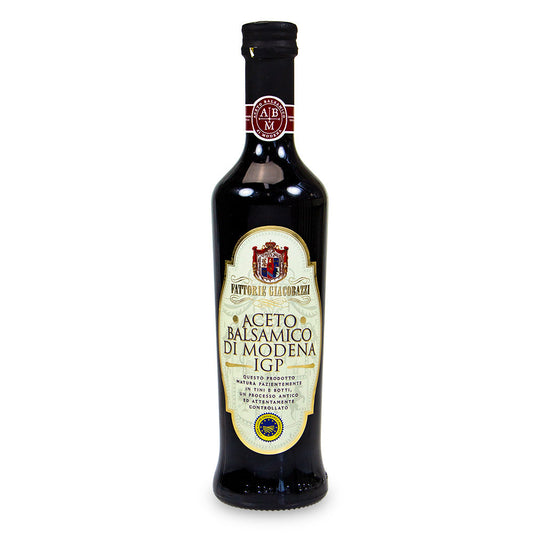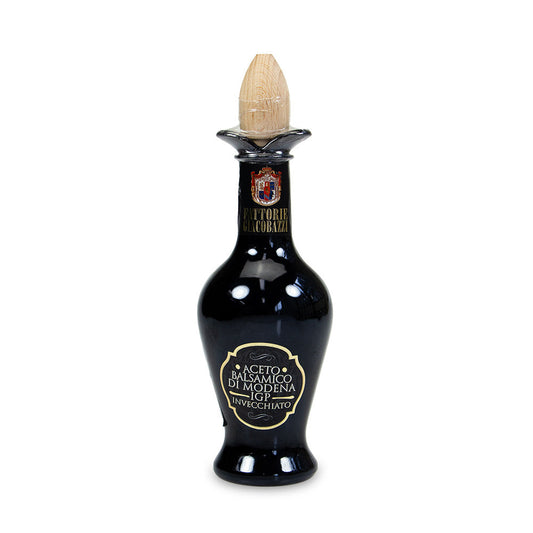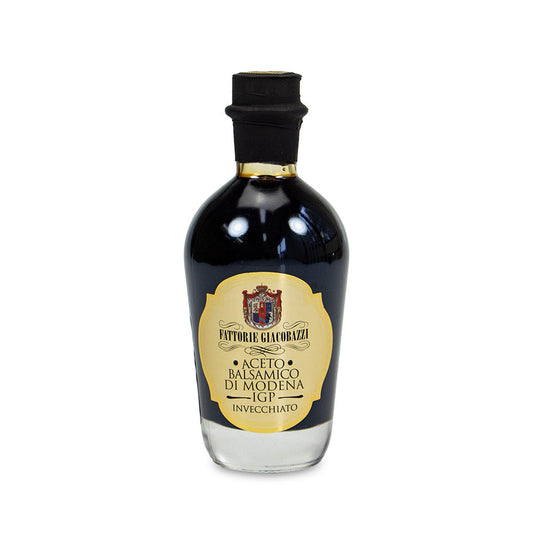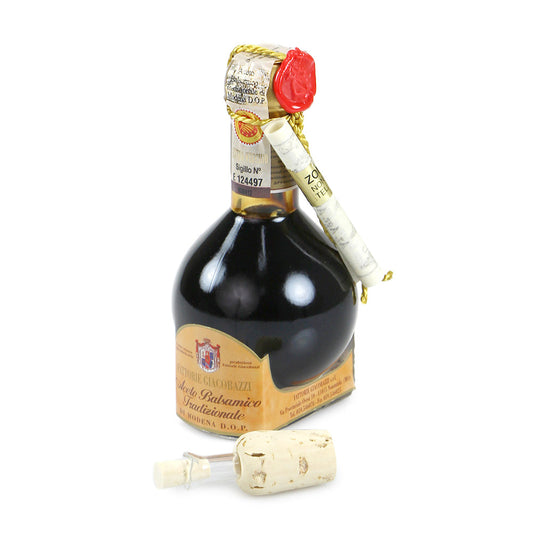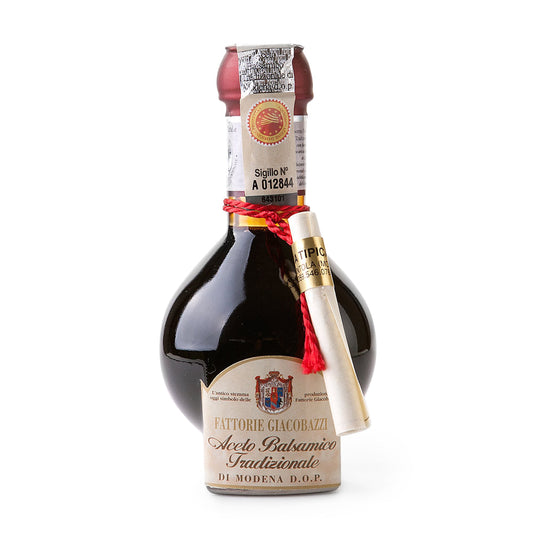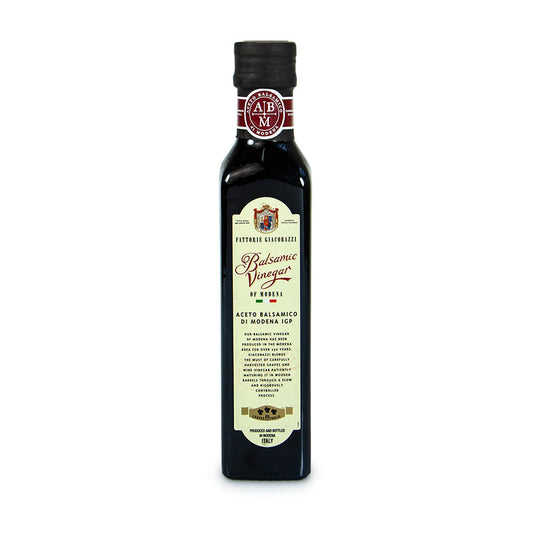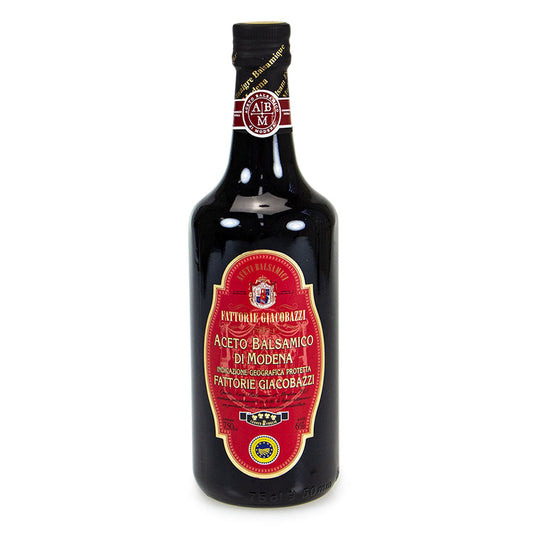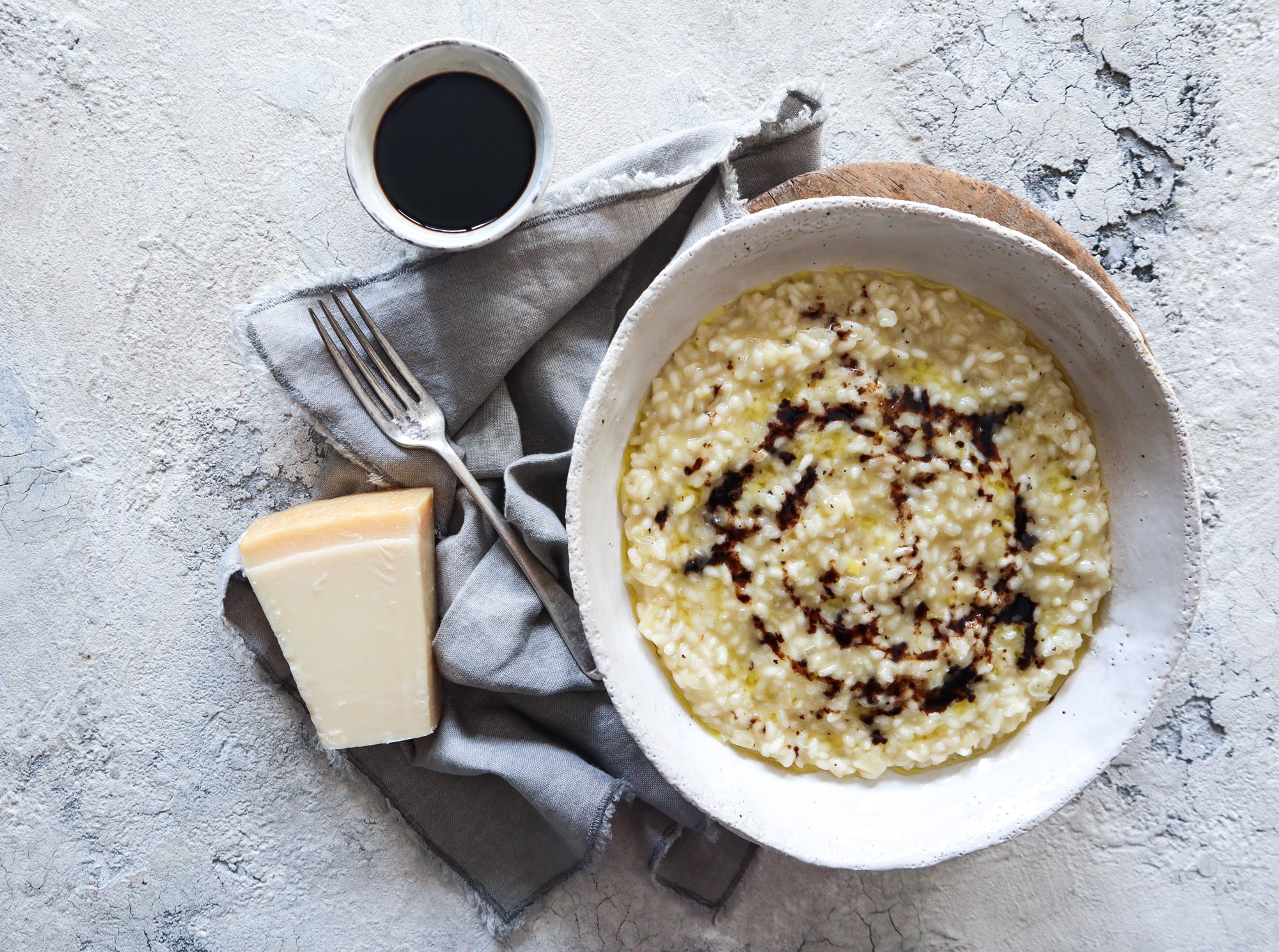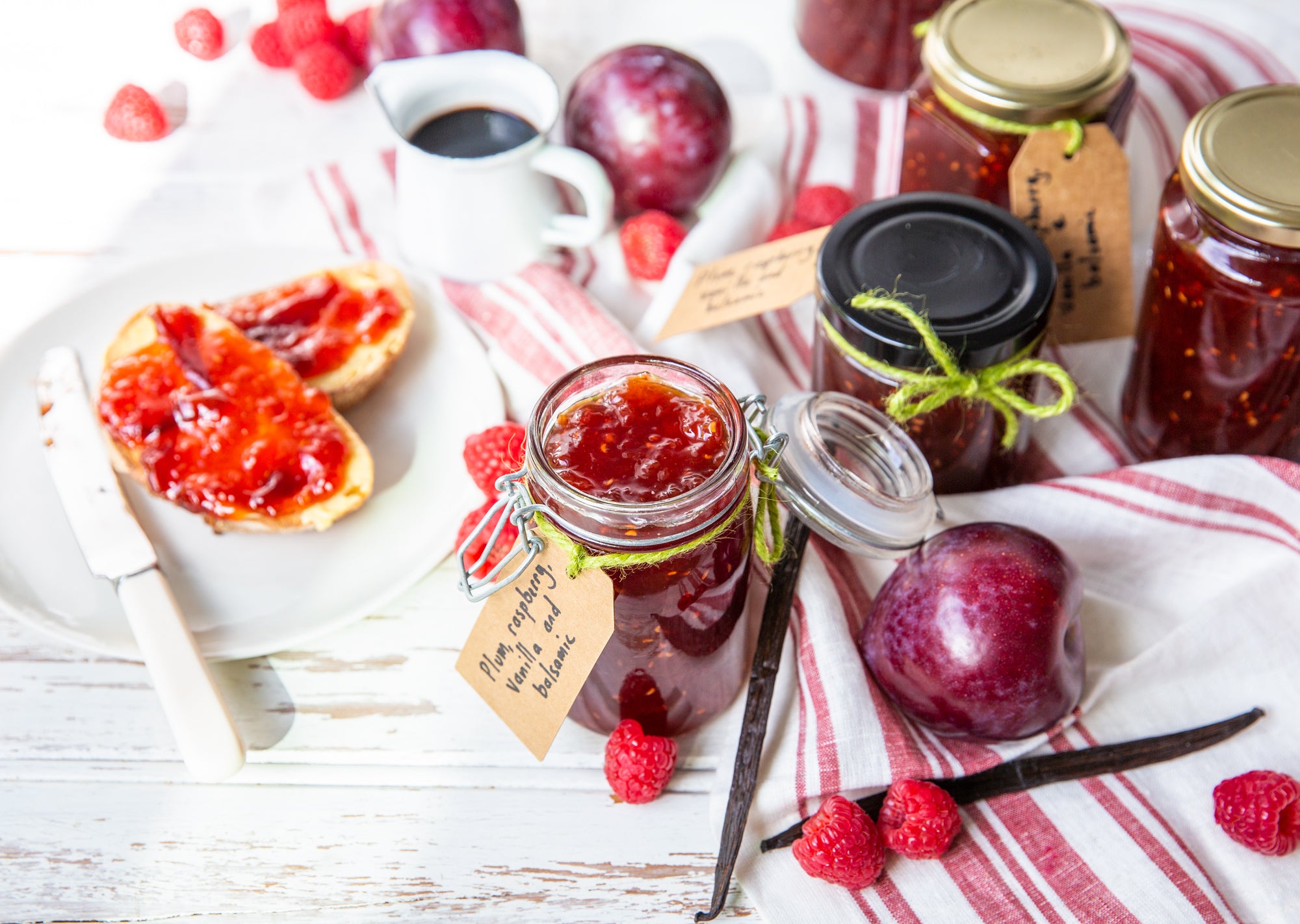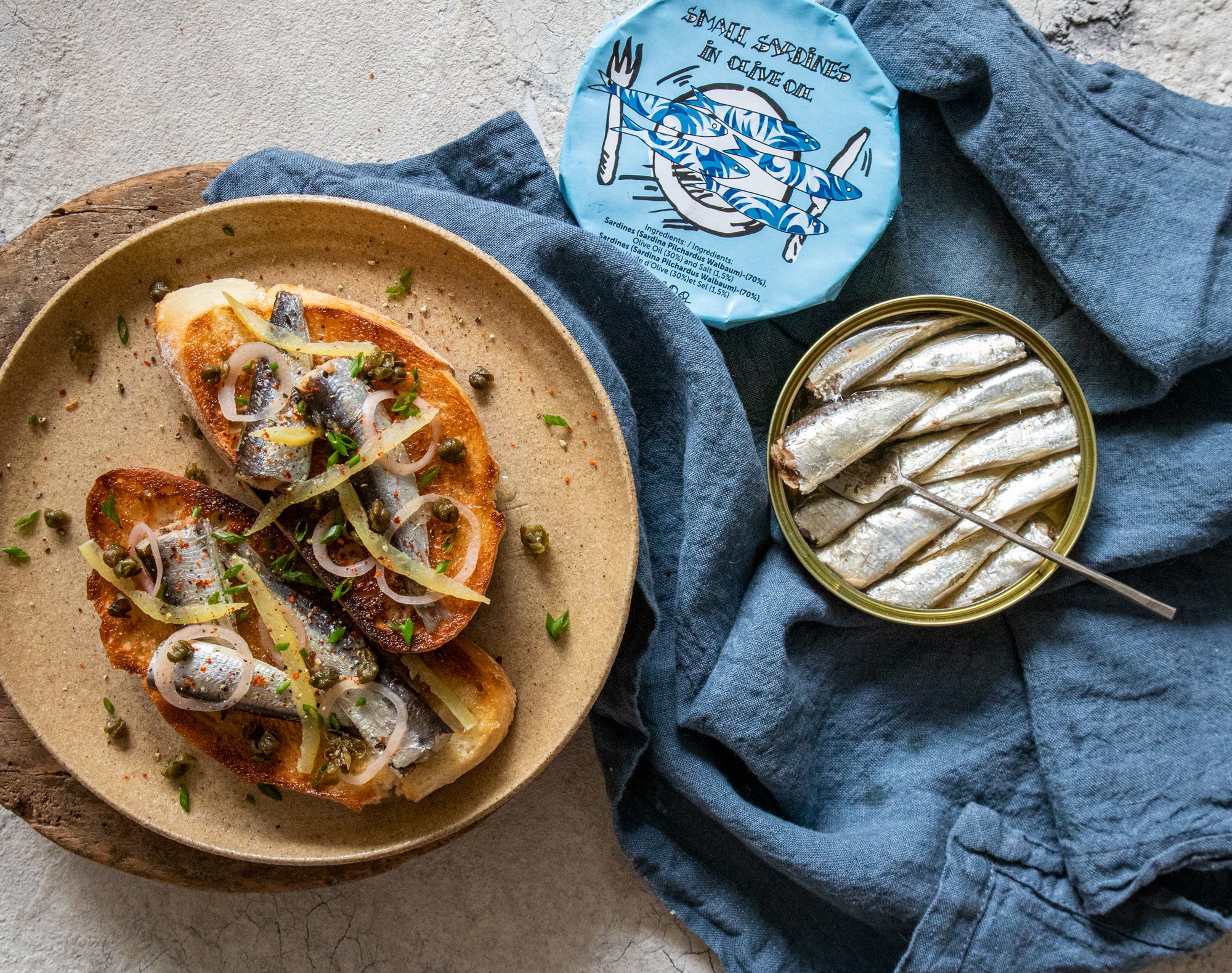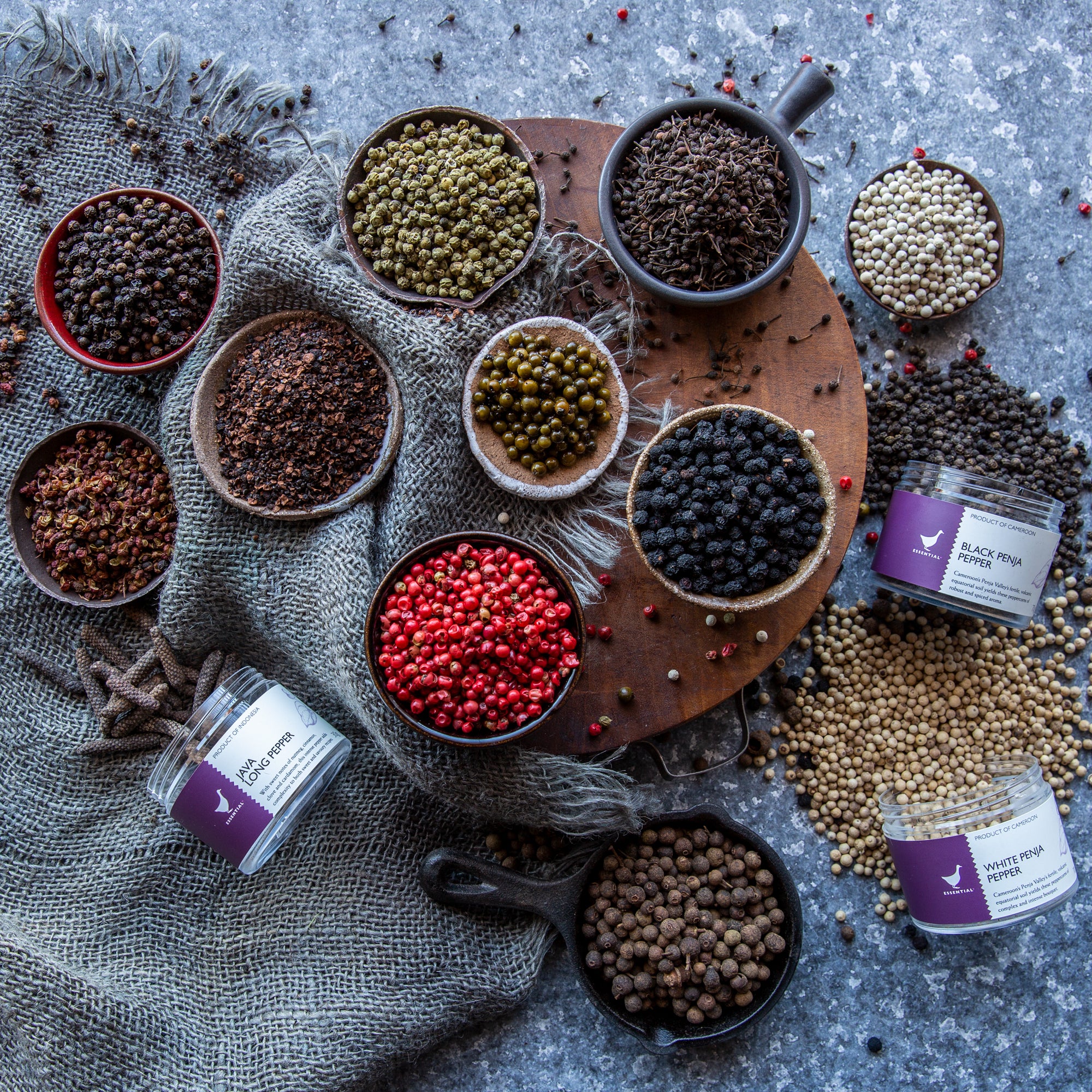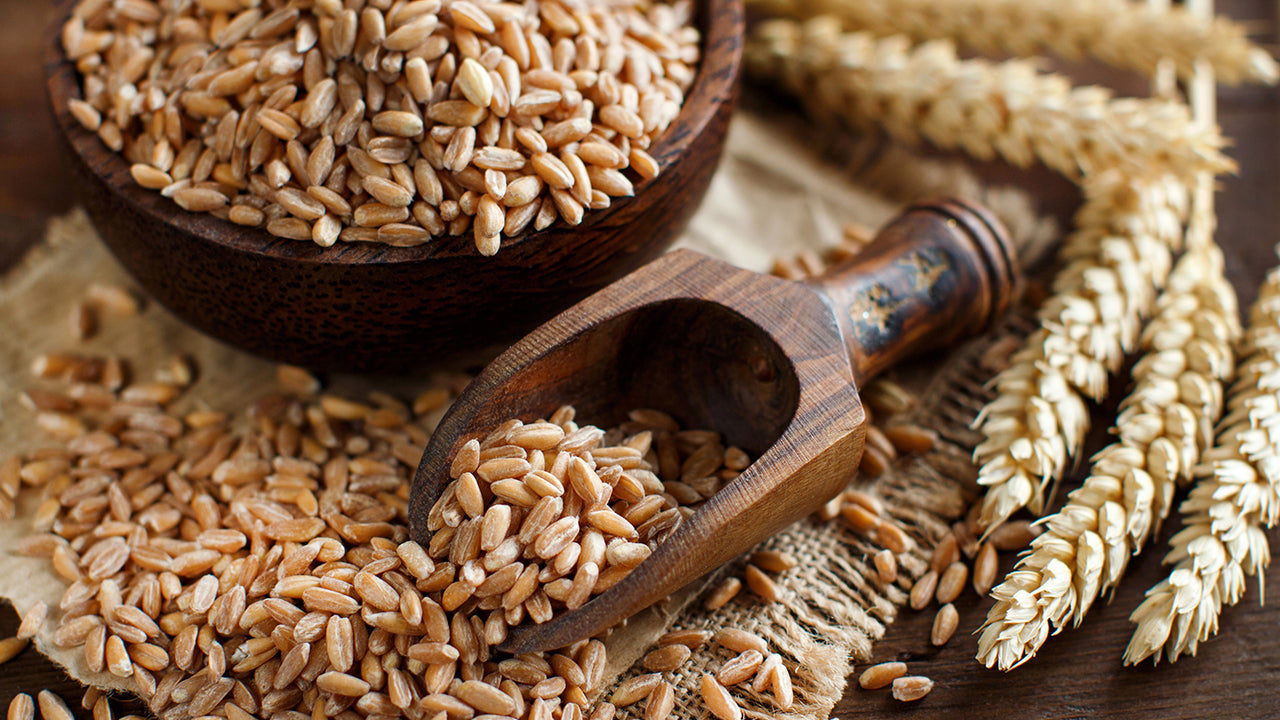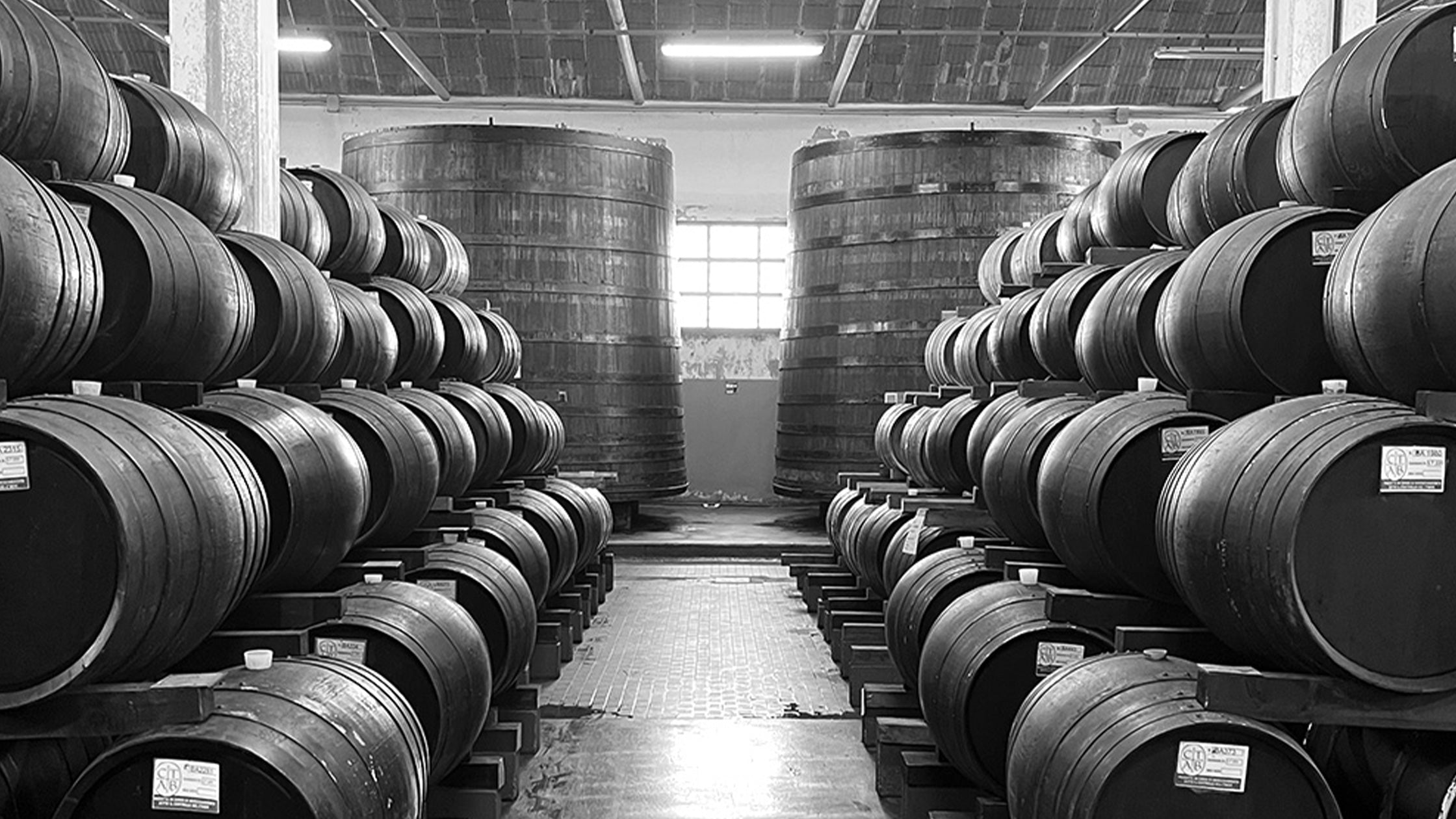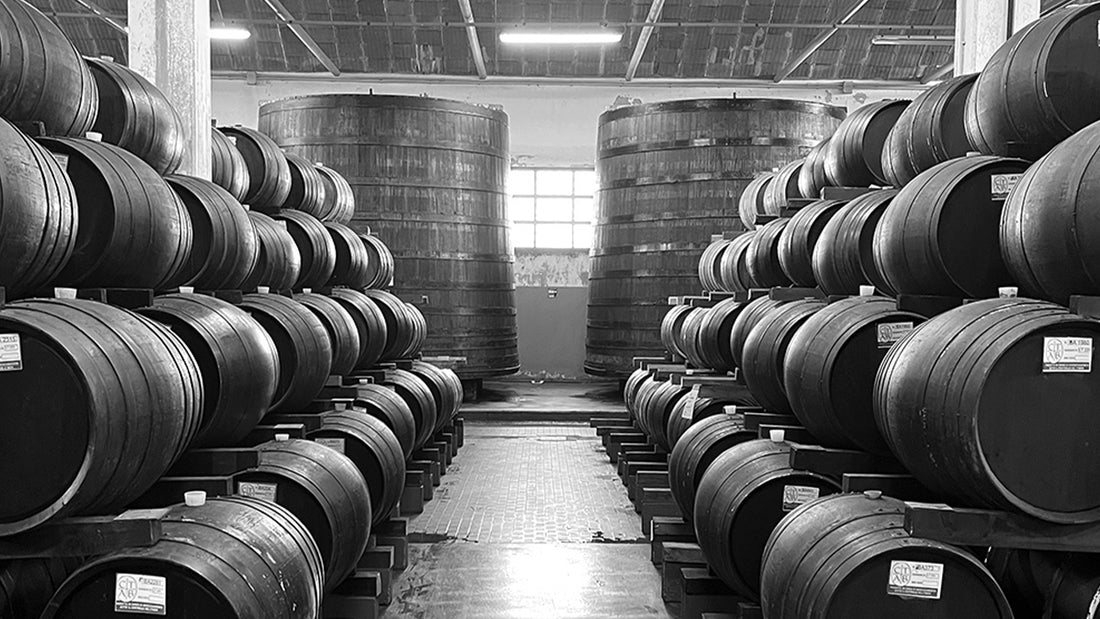
Essential guide to balsamic vinegar
Last updatedThe world of balsamic vinegar can be confusing. Not all are created equal, so how do you know which one to choose to suit your needs? Many varieties can be found in grocery stores as well as gourmet providores, so understanding the naming and labelling of balsamic vinegar is vital to making an informed choice.
We’ll explore some of the key identifiers that will help you decipher what characteristics to expect before you open the bottle.
Names & Varieties
Aceto Balsamico Tradizionale di Modena DOP
Traditional balsamic vinegar. The highest quality and more expensive balsamic vinegar. Similar to Champagne, authentic traditional balsamic vinegar hails from a specific region in Italy, Reggio Emilia and Modena, and its name is meticulously protected by European Union regulations.
Traditional balsamic vinegar begins with grape must (whole pressed grapes including the seeds and stems) usually Lambrusco or Trebbiano varieties. This is cooked and reduced into a concentrate, then naturally fermented for up to three weeks. The vinegar is then matured using the Solera method, transferring through several wooden aging barrels, the next smaller than the last, over the course of many years (minimum 12 years). As it ages, water slowly evaporates, and the barrels infuse the vinegar with flavours unique to the type of wood the cask is made from. The longer the balsamic has been aged, it becomes naturally thicker and sweeter. This results in an incredibly rich, syrupy and complex vinegar that’s not usually used for cooking, but for finishing and being the star ingredient.
The vinegar is not ‘ready’ based on time, hence why labels do not state how many years a traditional balsamic vinegar has been aged. Of course, each vinegar will have an average age that can be approximated, but ultimately taste is the gauge used to determine grading. A board of experts’ taste and assign an appropriate grade, then the finished product is packaged and labelled in accordance with Italian production laws.
Aceto Balsamico di Modena IGP
Condiment grade balsamic vinegar with a Protected Geographical Indication (identifiable by the IGP blue and yellow stamp) signifying that it must be produced in Modena from approved grape varietals.Made with grape must and wine vinegar, this variety has not been made using the same strict requirements as traditional balsamic but is still a quality option at a more affordable price point. Consistency and flavour can vary from brand to brand but it’s usually less complex and has a lower density than traditional balsamic.
"Invecciato" or "aged" can be included on this variety’s label if the product has been barrel matured for more than three years, and an older (10 years or more) vinegar may be blended in. “Mosto cotto” might also be displayed to indicate a high percentage of cooked grape must, meaning the balsamic will be slightly thicker than an average vinegar. This variety is great for using as a dressing, adding to sauces, cooked dishes and desserts.
Aceto Balsamico
Sometimes labelled simply as “balsamic vinegar”, this variety is commercially graded, mass produced and made with wine vinegar. These vinegars try to mimic the characteristics of traditional balsamic by adding colours, thickeners, sugar and artificial flavourings but are essentially more acidic, with a unique sweet and sour flavour most people outside of Italy have come to recognise. Contrary to the stringent rules of production that surround traditional balsamic, this balsamic vinegar does not have to be made in Italy, making it highly accessible and the least expensive variety. A great option for adding to braises, stews and soups or mixing into sauces, vinaigrettes and marinades.
Labelling & Grading
Italian production laws and certifications govern the labelling of authentic balsamic vinegar to protect the integrity of the product, provide consumers with accurate information by avoiding potentially misleading language, and support the sustainability of the industry. Despite all these directives, ensuring clarity on a global scale is an ongoing process and the rules surrounding balsamic vinegar packaging are constantly being updated.
Traditional Balsamic Colour Caps
Aceto Balsamico Tradizionale di Modena DOP bottles are graded using specific colours to cap the packaged product, with each colour signifying an approximate vintage or age:
- Red: affinato, 12 years
- Gold: extra vecchio, 25 years
Four Leaf System
The label on a bottle of Aceto Balsamico di Modena can have 1, 2, 3 or 4 leaves, as a guide for flavour and density. Generally, more leaves mean the vinegar has a higher viscosity and ingredient quality, but this grading system can vary between producers.
- 1 Leaf: Light in consistency and flavour, acidity is more pronounced. Good for salad dressings and everyday use.
- 2 Leaves: Here is where you will begin to taste more sweetness, but the vinegar will still be vibrant. Great for marinades, grilled meat and vegetables.
- 3 Leaves: Smoother, polished finish with tangy accents. Suggested for roasted meats, fish and sauces.
- 4 Leaves: Lush and slightly syrupy, with complexity. Great for dishes where the vinegar can shine - drizzled on vanilla ice cream, fresh fruit or Parmesan cheese.
Shop our range of balsamic vinegars online for delivery to anywhere in Australia or visit your next nearest The Essential Ingredient store.

